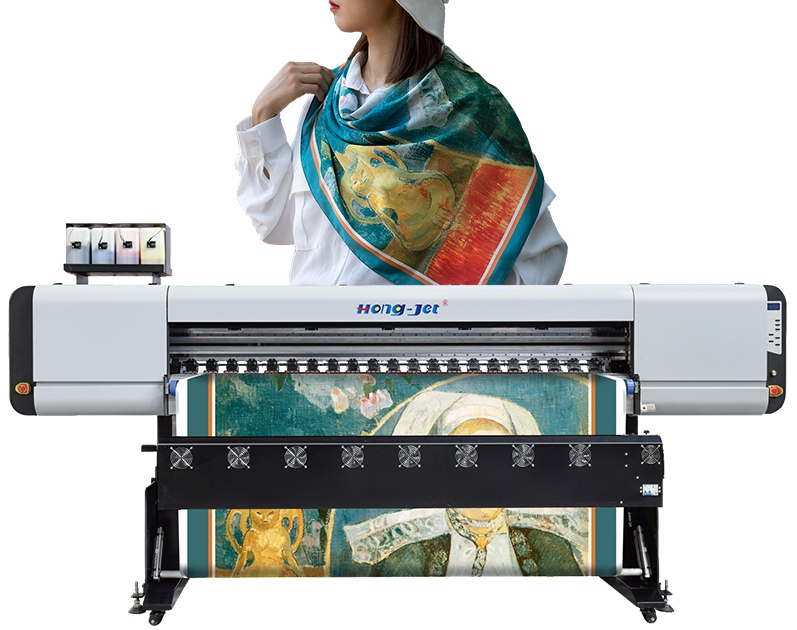 Oct 22,2025
Oct 22,2025

Based on base paper thickness and application, thermal transfer paper can be divided into:
1. Transfer printing paper (60% market share), primarily used for textile transfer printing;
2. Thermal transfer paper (30% market share), primarily used for ceramics, aluminum alloy doors and windows, and other applications;
3. Digital inkjet paper (10% market share), primarily used for advertising printing.
With the continuous development of society, demand for diverse products such as textiles, craft porcelain, metal, plastic, and advertising products is also increasing. This has driven the continuous expansion of the thermal sublimation transfer paper market, with production maintaining a steady growth trend.
Market Distribution of Dye-Sublimation Transfer Paper
1. Apparel, bedding, curtains, sofas, rain gear, handbags, carpets, toys, etc.
2. Thermal transfer decoration on high-temperature resistant plastic materials or plastic materials that have been treated by spraying, baking varnish, or electrophoresis.
3. Thermal transfer decoration on metal surfaces such as metal decorative panels, security doors, metal molded doors, aluminum profiles, metal ceilings, curtain rails, metal pipes, crafts, and hardware furniture that have been treated by spraying, baking varnish, or electrophoresis.
Sublimation Transfer Printing Principle and Process
Basic Process
The desired color and pattern are designed using a computer, followed by computer color separation, electroplate engraving, printing sublimation ink onto thermal transfer paper, and then thermally transferred onto various materials, such as polyester, TC fabric, long-pile fabric, and artificial leather.
Technical Principle
Before transfer, all dye is contained within the printing film on the paper, leaving an air gap between the printed fabric, and the printed fabric is at zero dye concentration. The size of the air gap depends on the fabric structure, yarn count, and transfer pressure. During the transfer process, when the paper reaches the transfer temperature, the dye begins to volatilize or sublime, forming a concentration gradient between the paper and the fiber. When the printed fabric reaches the transfer temperature, the dye begins to adsorb onto the fiber surface until it reaches a certain saturation value. The rate of dye adsorption depends on the rate at which the dye diffuses into the fiber interior. After coloring is completed, the dye content on the paper decreases, and some of the remaining dye migrates into the interior of the paper. The amount of residual dye depends on the dye's vapor pressure, affinity for the slurry or transfer paper, and the thickness of the printed film. This method eliminates the need for wet processing, saving energy and reducing the burden on wastewater treatment.
Advantages
1. No water is required, resulting in no wastewater;
2. Short process flow: The finished product is ready after printing and transferring, eliminating the need for post-processing such as steaming and washing;
3. Fine patterns, rich and clear layers, high artistry, surpassing the capabilities of conventional printing methods. The process also allows for the creation of photographic and pictorial-style prints;
4. Vibrant colors are achieved. During the sublimation process, tar from the dye remains on the transfer paper, preventing contamination of the fabric;
5. High quality, with the ability to print multiple color patterns simultaneously without the need for registration;
6. High flexibility: Customers can select a pattern and print it quickly.